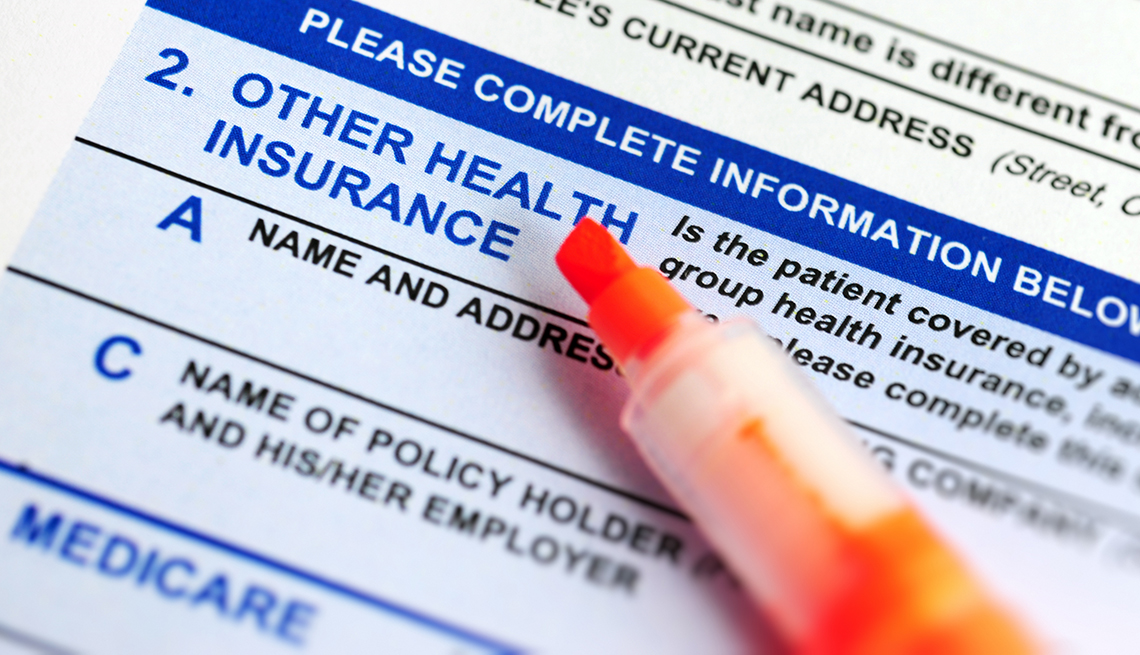How the federal insurance program helps older Americans afford health care vital to their well-being.

What is Medicare? For more than 58 years, it’s been the program that older Americans and people with disabilities turn to for their health care coverage. In 2023, it is helping more than 65 million people pay for everything from hospital stays to doctor visits to prescription drugs.
At 65, you become eligible for the program. You’ll need to set aside time around that milestone birthday to sift through many options so you can sign up for the coverage that meets your health needs and budget.
It’s up to you to get ready. Unless you are already receiving Social Security benefits and therefore will be automatically enrolled in the program, you won’t get a letter in the mail reminding you that it’s time to start making these decisions. What’s more, the timetable is specific — and important. You can start signing up three months before you turn 65, and you’ll have until three months after your birthday month to enroll. If you miss that deadline, you may end up paying higher premiums. If you are still working and have employer-sponsored health coverage, you can probably wait to sign up — but more about that later.
Taking control of your health care
You’ll need to do some homework before you start assessing options and picking plans. Make a list of your doctors and decide how important it is to you that you can continue seeing them once you are on Medicare. Also, make a list of medications you take so that you can make sure the prescription drug plan you select will meet your needs.
Think about your lifestyle. Are you a homebody who never travels outside the U.S.? Are you an adventurer who goes abroad frequently? Do you split your time between residences and need medical care in different states? All these factors are likely to figure into the decisions you make.
Your financial situation also is important. You’ll learn through this guide that Medicare helps pay for medical care for older Americans and people with disabilities. But it’s not free. You’ll want to choose an option you can afford and build the out-of-pocket costs into your budget. And take time to review the ways the federal government can help you pay Medicare’s costs if you can’t afford them.
You need to pay attention to all of Medicare’s parts. Part A covers hospital and hospice care and some skilled nursing services after you’ve been in the hospital. Part B includes doctor visits and other outpatient services. Part C is Medicare Advantage, which is a combination of parts A and B — and usually Part D, which helps pay for prescription drugs.
Your biggest decision will be whether you want to get original Medicare or enroll in a Medicare Advantage plan, the private insurance alternative to the original program.
Medicare getting some enhancements
Medicare is an evolving program. Some long-fought-for changes to Medicare’s prescription drug benefits began to take hold in 2023. Vaccines recommended for adults by the Centers for Disease Control and Prevention’s Advisory Committee on Immunization Practices are free. Copays for insulin covered by Medicare are capped at $35 a month. Drugmakers that raise their prices more than inflation will begin to pay a penalty to Medicare for those increases. Starting in 2025, out-of-pocket costs for prescription drugs will be capped at $2,000 a year, and the Medicare program has already begun the process of being able to negotiate with pharmaceutical companies for the prices of some high-cost medications that many beneficiaries take.
Adapting to the coronavirus
Medicare officials made changes in the program’s rules and procedures in an effort to help enrollees cope with the needs and uncertainties brought on by COVID-19. Now that the public health emergency has ended, some of those regulations have changed.
For example, the federal government said early on in the pandemic that Medicare would cover the cost of coronavirus testing for beneficiaries. Original Medicare beneficiaries now have to pay out-of-pocket for home tests, but the program will still pay for COVID tests in a doctor’s office. If you have a Medicare Advantage plan you’ll have to check with your insurer to see how COVID tests are now covered.
Medicare had already expanded its coverage of telehealth in recent years, but the arrival of the coronavirus accelerated the use of remote care. Beneficiaries can now use a phone, a tablet or a computer to communicate with medical providers. And Medicare will cover telehealth visits with nurse practitioners, physical therapists and occupational therapists, in addition to doctors. These expansions will be in place through 2024.
Now that you have a taste of what Medicare has to offer, take some time to gain a better understanding of this vital but complex health care program.
--------- Written by Dena Bunis, AARP, December 7, 2022; Updated June 29, 2023
AARP was founded in 1958 and has over 38 million members. It is a nonprofit, nonpartisan organization for people over the age of 50. AARP is well-known for its advocacy efforts, providing its members with important information, products and services that enhance quality of life as they age. They also promote community service and keep members and the public informed on issues relating to the over 50 age group.
